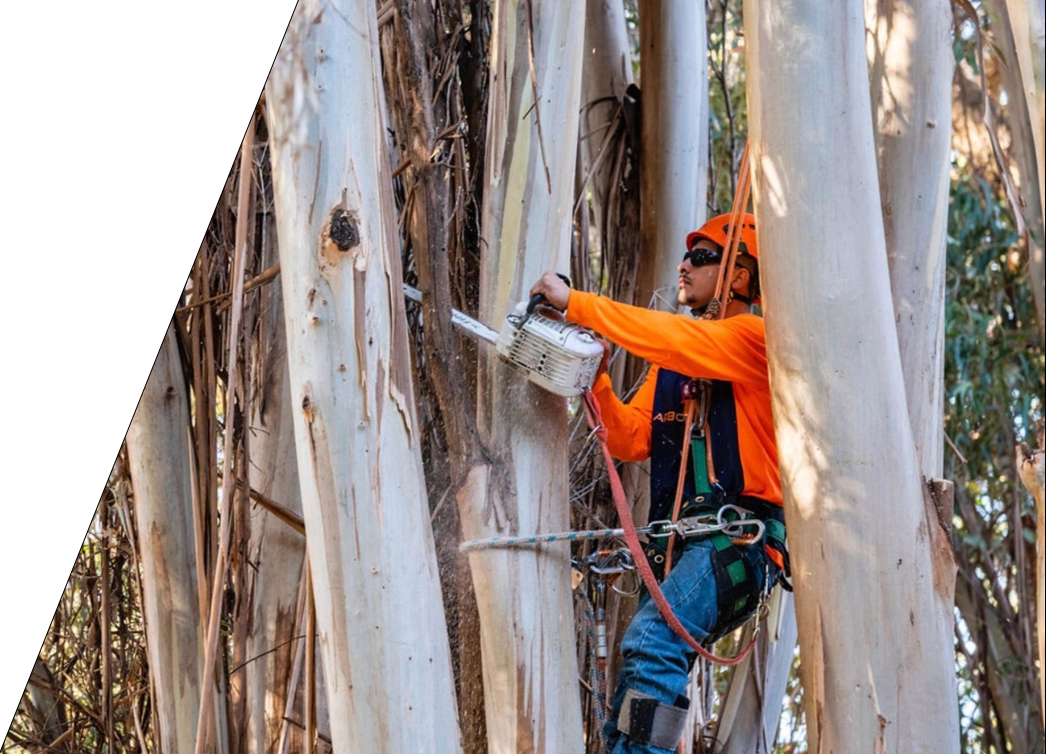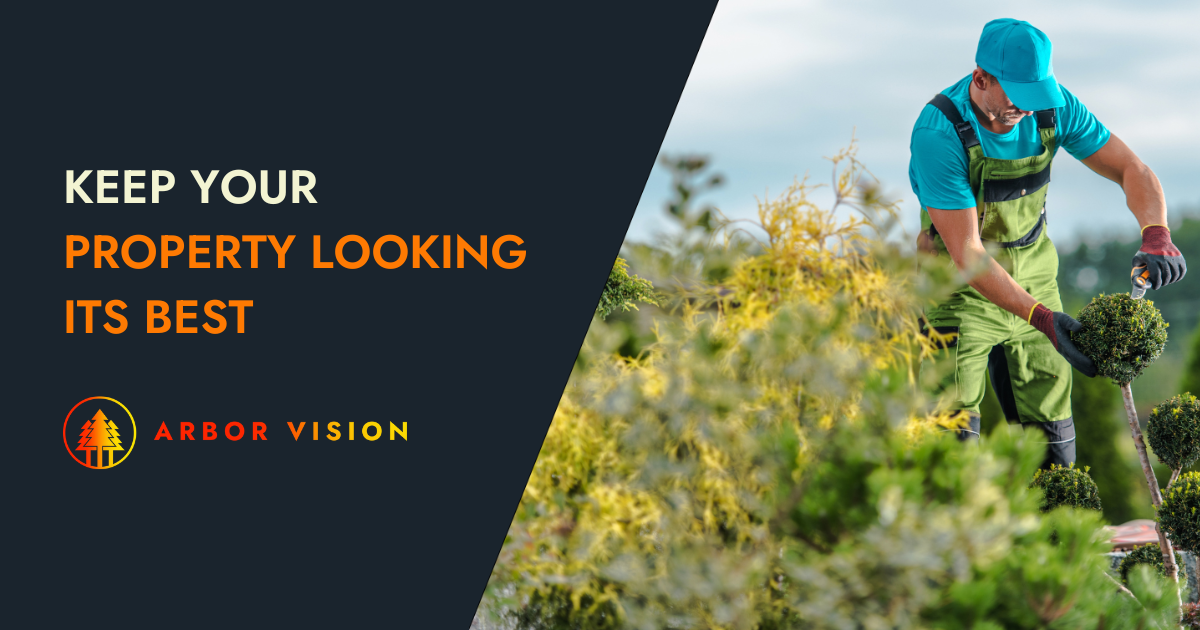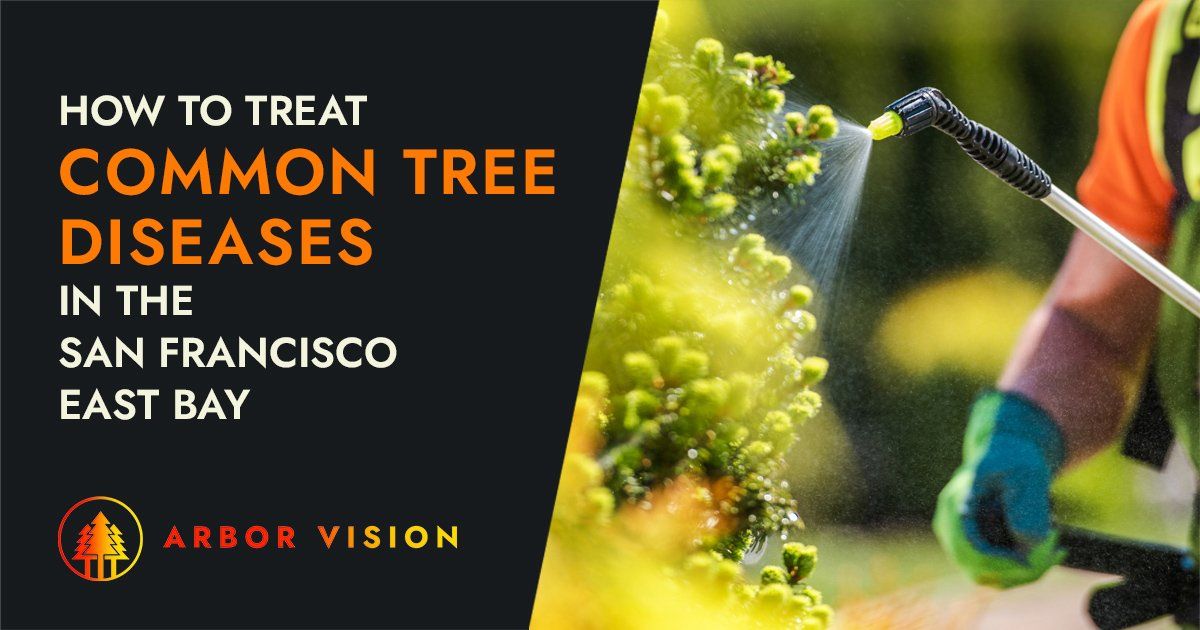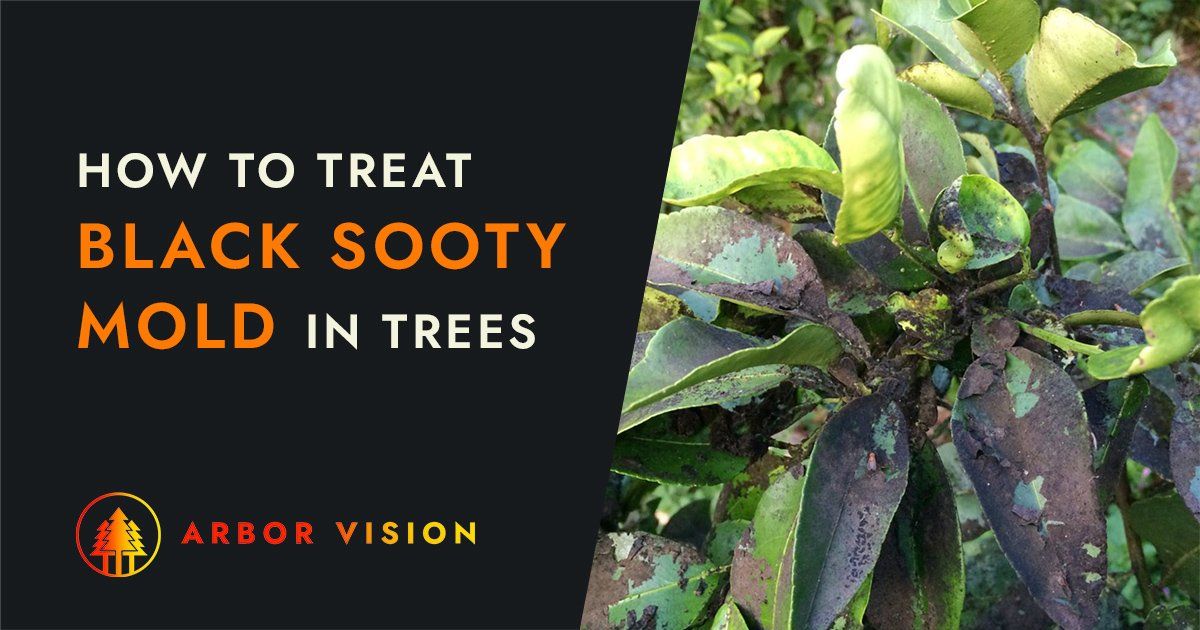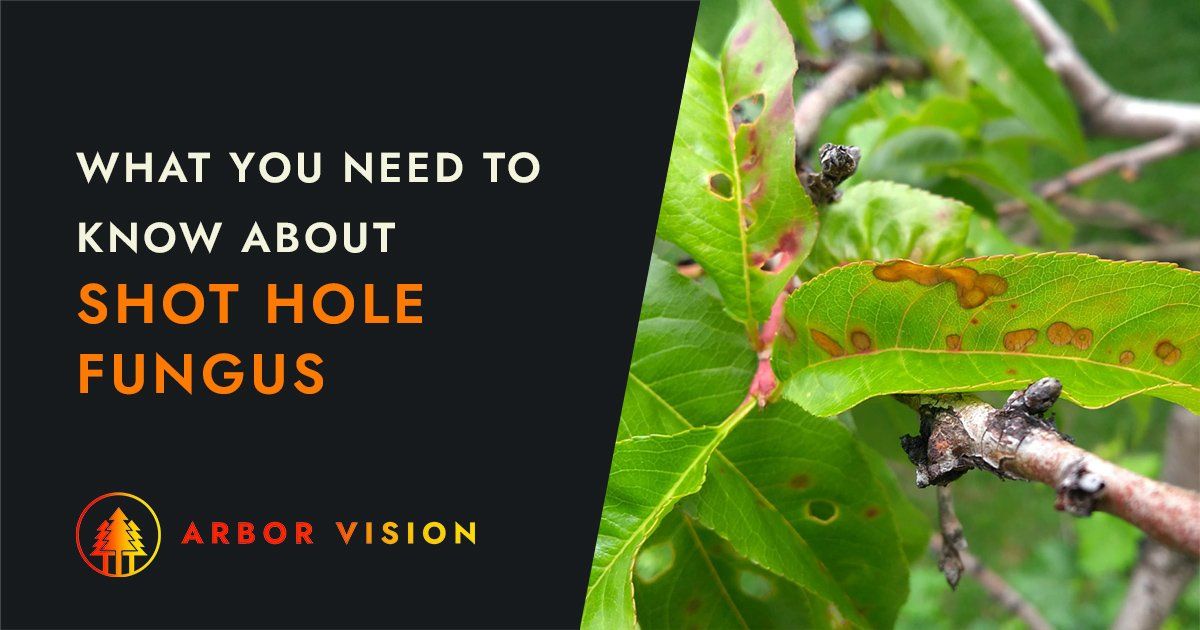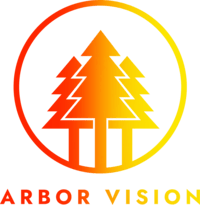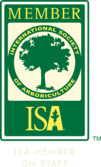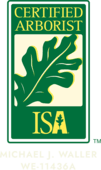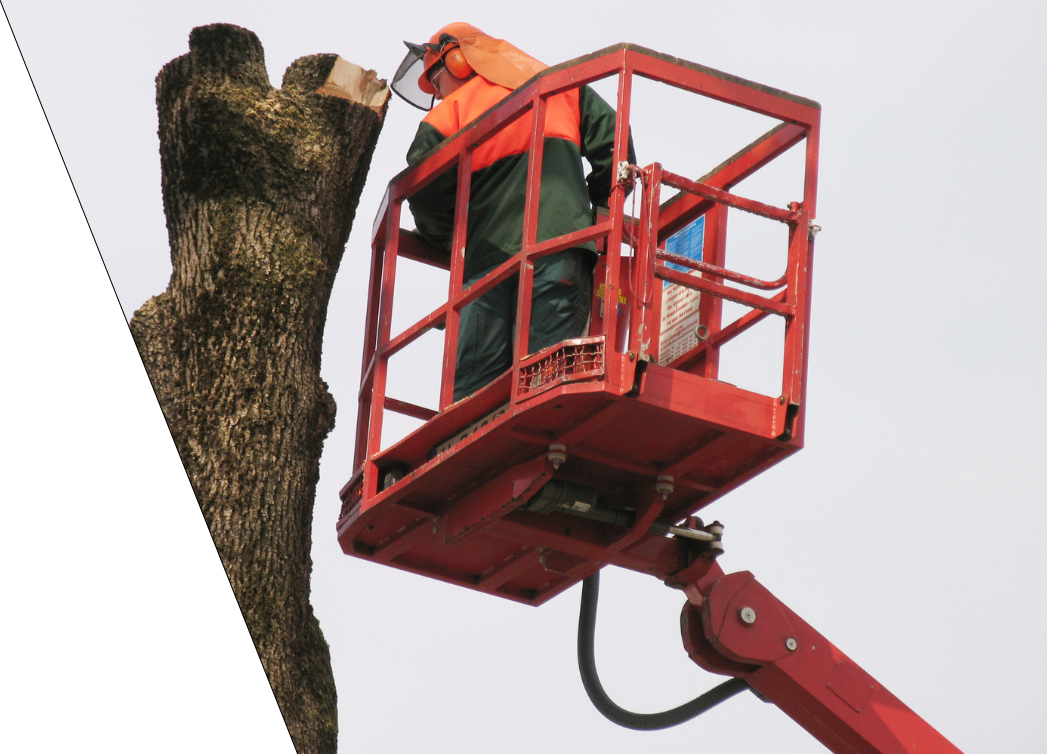
As a commercial property manager, your building owners rely on you to maintain their property's value, appearance, and safety. One of the most critical aspects of commercial property management is understanding the threats unhealthy and neglected trees present to your property. When trees become dangerous, tree removal may be recommended to reduce the risks of property damage and personal injury.
This guide explains the importance of tree removal, the risks damaged trees present to your property, and provides information to help you understand the commercial tree removal process.
Understanding the Importance of Tree Removal for Enhanced Property Safety
Risks of Damaged or Dangerous Trees
Damaged, dangerous trees present several risks, including:
- Injuries: Unstable tree limbs can fall without warning. If a tree's roots are unhealthy, the entire tree can fall.
- Power and Utility Lines: Unstable trees can damage nearby power and utility lines if they fall over or lose limbs.
- Property Damage: Not only do falling trees and branches pose a risk to your commercial property, but to all property in the area, including:
- Parked vehicles
- Houses
- Outdoor furniture
- Maintenance equipment
- Outbuildings on your or a neighbor's property
- Other trees and landscaping assets
- Insurance: Damage caused due to negligence is not covered by insurance. As a result, damages you cause to other properties can increase liability insurance premiums for commercial property owners.
- Liability: Poorly maintained trees can cause personal injury and property damage, potentially exposing property owners to financial liability for damage.
Benefits of Tree Removal
Although California is committed to protecting tree canopies throughout the state, when a tree is unhealthy, there are many benefits to tree removal, including:
- Reduced Hazards: Lifeless branches, dying trees, and tree root overgrowth are all hazards that can lead to severe and costly damage. When trees can't be saved, or overgrowth infringes on surrounding property or utilities, removal reduces hazards. Property Damage: Removal protects property foundations and paved areas, such as walkways, sidewalks, parking, etc., against severe cracks and spreading damage to concrete. This also prevents slips and falls related to damaged surfaces.
- Improved Views: Overgrown trees can obscure views from office windows, reducing the quality of the space. Tree removal can restore views and attract desirable tenants.
- Curb Appeal: Overgrown, unkempt trees can ruin the appearance of commercial properties, chasing away potential tenants or property investors when it comes time to sell.
- Reduced Insurance Premiums: Professional property maintenance can help keep property insurance premiums to a minimum while reducing the need for insurance claims related to tree damage.
Once a tree presents a risk to your property, structure, assets, or surrounding properties, commercial tree removal helps improve property value and reduces liability risk.
Signs That Indicate Tree Removal Is Necessary
Ongoing inspection of your trees identifies the following signs it could be time for commercial tree removal:
- Damage and Decay: Noticeable damage and decay tell you the integrity of the tree's structure is compromised. Having a certified arborist inspect a tree will confirm the need for removal or recommended treatment to save the tree.
- Warning Signs of Disease: Common warning signs a tree is diseased or infested include:
- Vertical trunk cracks
- Peeling bark
- Dead branches and branch stubs
- Wounds and open cavities in the trunk or branches
- Dying, discolored, or chewed leaves
- Crumbling trunk
- Signs of pests crawling on the tree
- Hollow Trees: Holes in the tree trunk revealing internal decay indicate the tree should be removed. Give your trees a tap and listen for a hollow sound.
- Falling Tree Limbs: If you see more and more branches falling without reason, such as high winds or storms, the tree could be diseased or dying.
- Fungus: Fungi can appear in many ways, from mushrooms growing at the trunk base to black fungus on branches. While arborists can treat many diseases and fungi at the early stages, once it sets in, it is usually fatal. It can also spread to healthy trees. Signs of disease include:
- Damaged leaves
- Wood depression in the trunk or larger branches
- Damaged fruit or a lack of blossoms
- Bleeding, oozing trunk
- Cankers and odd tiny bumps on the bark
- Dead Tree: A tree that loses more and more branches, fails to produce buds during the growing season, or has a thinning canopy that is dead or dying.
- Leaning: A significant leaning often indicates the root structure is compromised, increasing the risk of the tree falling, especially in high winds.
- Location and Infringement: Sometimes, a tree is in the wrong location, whether blocking views, too close to the building, or near power lines. Also, once a tree infringes on the structure, assets, utilities, or nearby properties, it must come down. Overgrown roots can also ruin the appearance of your lawn, walkways, driveways, parking, etc.
- 'Y' or 'V' Crotch: When trees develop a split trunk in a Y or V shape, it increases the risk of the trunk splitting.
An ISA-certified arborist can provide ongoing maintenance to keep trees healthy to avoid removal.
The Tree Removal Process
Whether your arborist recommends tree removal or you have reason to remove trees from your commercial property, it helps to know what to expect during the commercial tree removal process.
Preparation
Your tree removal service usually requests you prepare the property before the work begins. In most cases, this includes:
- Reserving parking spaces for their equipment and crew
- Clearing the area of anything obstructing the crew's access
- Cordoning off the area to keep local traffic and pedestrians safely away from the area
- Notifying occupants and neighbors of the work involved, including the potential of lost power, phone, and internet service
Tree Removal
Your tree removal service will create a plan for your tree removal following a thorough tree inspection and risk assessment. This ensures they have a strategy to overcome challenges specific to your property. The arborist will share their findings and explain the costs involved.
Once you agree to the plan, they can inspect the site and determine how to set up their equipment for improved efficiency and safety. Tree removal takes a top-down approach, removing the branches and then sections of the trunk as they move down towards the bottom. Stump removal is usually not included in a tree removal process, so be sure to ask about stump removal if you wish them to handle that step as well.
Cleanup
Arborists use woodchippers to break down branches and debris as they work. Larger trunk pieces and branches are cut into smaller pieces and removed from the site. You can ask them to leave any wood or wood chips you want to use on the property.
Legal Considerations
California State laws impact tree removal. Working with an arborist who understands state laws is essential to ensure you remain compliant. They can explain which regulations apply to vegetation management on your property and how infringement on public space and utilities could lead to fines.
Learn More About Comprehensive Tree Services
A qualified arborist evaluates the trees on your property,
identifies potential hazards, and recommends commercial tree removal or alternate treatments. They can also create a maintenance plan and
report to ensure the trees on your property thrive. Read our complete
tree service guide to learn more.
Share this page:
